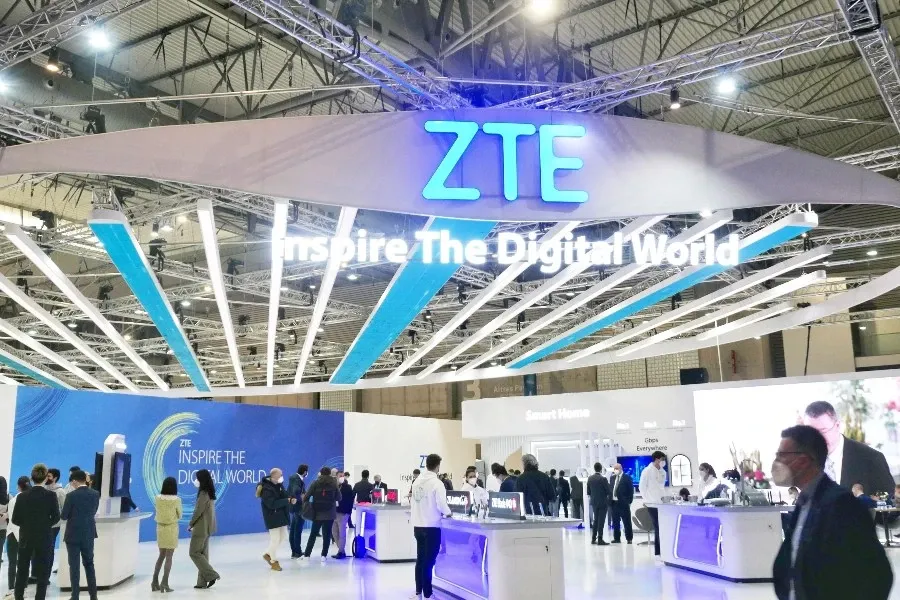ZTE launched its RIS (Reconfigurable Intelligent metaSurface) solution at MWC 2022. The company takes the lead in applying RIS, one of the core technologies of 5G-Advanced and 6G, into the 5G network, and realizes the co-site and co-coverage of mmWave and Sub-6GHz in dense urban areas.
That can significantly reduce the deployment cost, shorten the deployment period, reduce network energy consumption, and facilitate the construction of green, low-carbon, and high-efficiency networks. ZTE’s RIS solution is a cross-border collaboration between electromagnetic meta-materials and modern wireless communication technology. It is a cutting-edge innovation in the field of wireless communication and has become one of the key technologies of 5G-Advanced and 6G.
Different from the diffuse reflection or specular reflection of ordinary materials, ZTE’s RIS solution can control the beam shape through the control information sent by the base station to achieve precise beamforming. Therefore, it realizes the programmable wireless channel and transforms the wireless communication paradigm from the passive adaptive wireless channel of traditional wireless communication technology into an adaptive reconfigurable wireless channel.
ZTE is the first company in the industry to apply this technology to expand the spatial freedom of 5G base station signals, improving the mmWave continuous coverage capability with lower cost and energy consumption, especially the coverage and capacity enhancement of mmWave in blind spots and weak areas, thereby providing new technical solutions for the commercial use of new 5G ultra-high traffic services. Previously, ZTE has cooperated with operators to complete the prototype verification of mmWave RIS. In outdoor mmWave fixed-point blind spot coverage scenarios, its RIS solution increased the RSRP of 5G terminals by up to 35dB and the downlink rate by up to 50 times.
ZTE started independent research on RIS a few years ago and has been actively working with operators, universities, scientific research institutions, standardization organizations, etc. At MWC 2022, ZTE has been showcasing its four different types of RIS prototypes, including PIN diode RIS, liquid crystal RIS, transparent planar RIS, and transparent flexible RIS. Each of them has different pros and cons and is suitable for different scenarios. For instance, PIN diode RIS has the fastest switching speed and is suitable for dynamic RIS, while liquid crystal RIS has the lowest energy consumption. Transparent RIS is suitable for being attached to the glass surface of building windows due to its high transmittance to penetrate the electromagnetic wave into the rooms.
Since 2018, ZTE has invested hundreds of R&D engineers in the field of future wireless technology research. The company has established joint research laboratories on future wireless technologies in many universities. In cooperation with domestic and foreign operators and research entities, ZTE is committed to carrying out research innovation and prototype verification of future wireless technologies such as intelligent communication, full coverage of air, space, earth, and sea, integrated sensing and communication, computing power network, flexible spectrum, holographic MIMO, terahertz, and optical wireless access, new RF devices, etc.



















